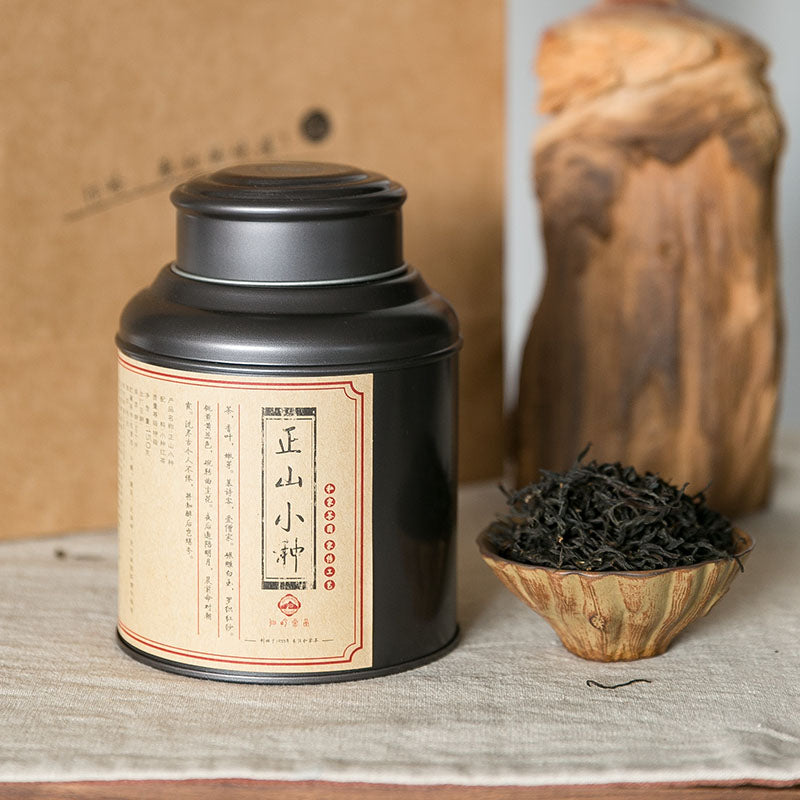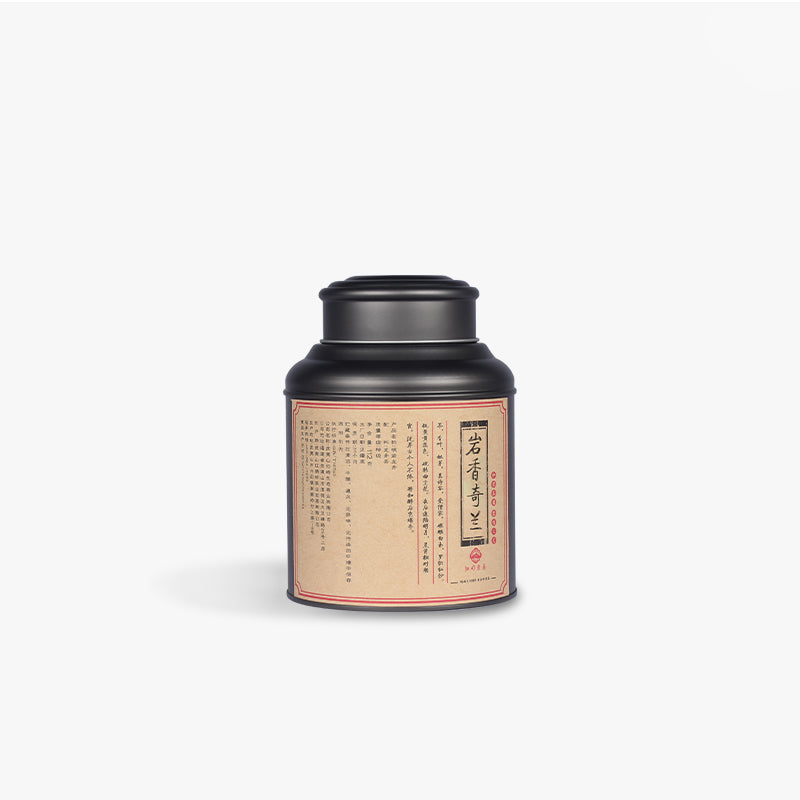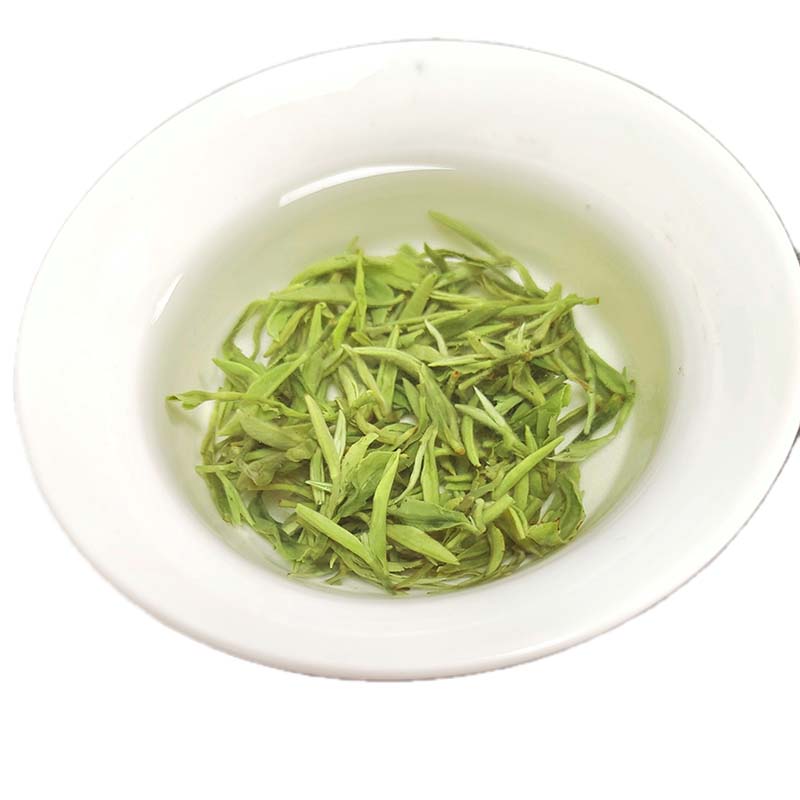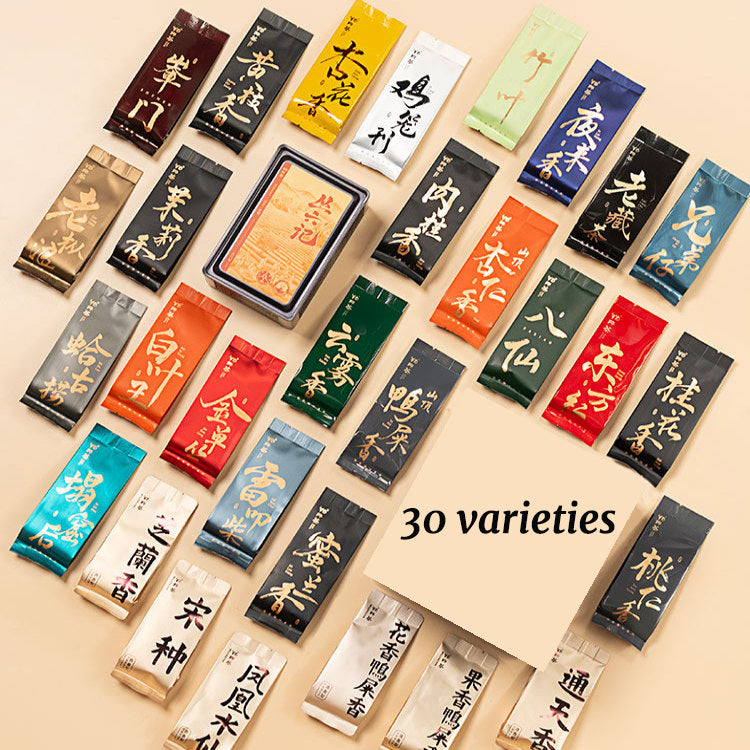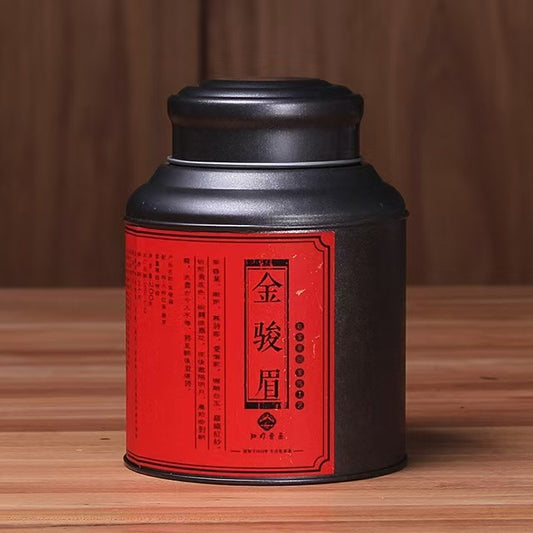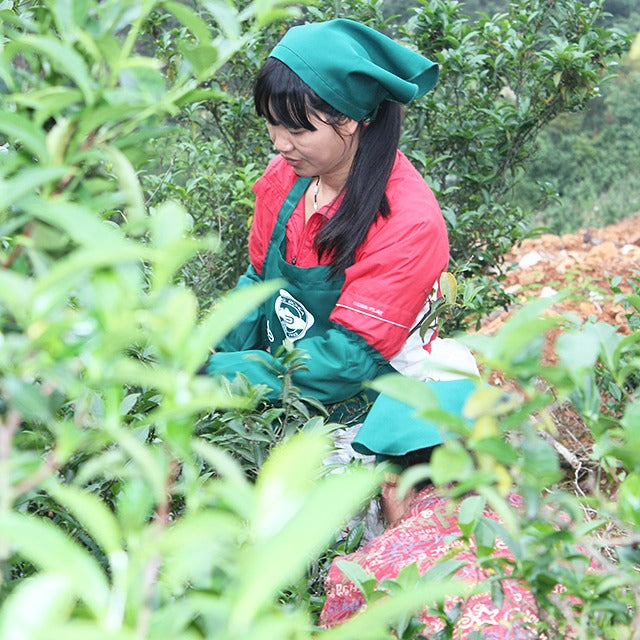Burmese Tea Leaf Salad A Connection of Flavors and Stories
Burmese Tea Leaf Salad A Connection of Flavors and Stories
Discovering tea often means more than just sipping it hot from a fine porcelain cup; it invites us to explore unexpected culinary adventures as well. In Myanmar, tea finds a place not just in the pot but on the plate, transformed into a vibrant dish known as Laphet Thoke, or Burmese Tea Leaf Salad. This unique creation is an exquisite marriage of flavors and textures—a celebration of the tea leaf’s versatility that few outside of Myanmar have experienced.
The heart of this salad is fermented tea leaves, known locally as laphet. These are not your everyday brewing leaves. In Myanmar, the process of fermenting tea leaves is a cherished tradition that dates back generations, a method imbued with both cultural significance and practical purpose. In the humid, lush mountains of Eastern Myanmar, skilled hands harvest tender tea leaves and ferment them in a methodical way that speaks to a deep understanding of the plant. There's a careful balance here, achieved through time and patience, resulting in a product with an earthy, tangy flavor and a silky texture.
To create your own Burmese Tea Leaf Salad, you are not merely following a recipe; you are crafting a tale of the land. As you gather your ingredients, think of how they each play their part in this culinary story. The fermented tea leaves provide the unique flavor base, while a medley of crunchy roasted peanuts, toasted sesame seeds, and fried garlic add depth and texture. The interplay of these ingredients with the tea leaves brings a delightful contrast—like the conversation of old friends reconnecting after years apart.
But no dish is complete without a harmonious dressing. Here, lime juice introduces a sharp brightness that lightens the earthiness of the tea, while a splash of fish sauce lends depth and a whisper of umami that calls to mind the sea breezes that kiss the coasts of Myanmar. Add slices of fresh tomatoes for a touch of sweetness and a sprinkle of cilantro for a hint of freshness. Some might add chili for heat, echoing the vibrant spirit of Myanmar itself.
Though you may prepare this dish in the comfort of your kitchen far from Myanmar’s bustling markets, you are still part of a cultural legacy that esteems tea not just as a beverage, but as a communal experience. It’s a reminder that food, like tea, is a bridge that connects us to places and people, often leading us on delightful, unexpected journeys.
Making Laphet Thoke is as much about honoring the story of tea as it is about enjoying the finished dish. Each bite introduces a new layer of flavor, a new texture, a new story to tell. So, as you gather around to taste this vibrant salad, consider how these elements unite into something much greater than the sum of their parts. Let it be more than a meal; let it be a celebration of connection—between cultures, between people, and between the past and present.

